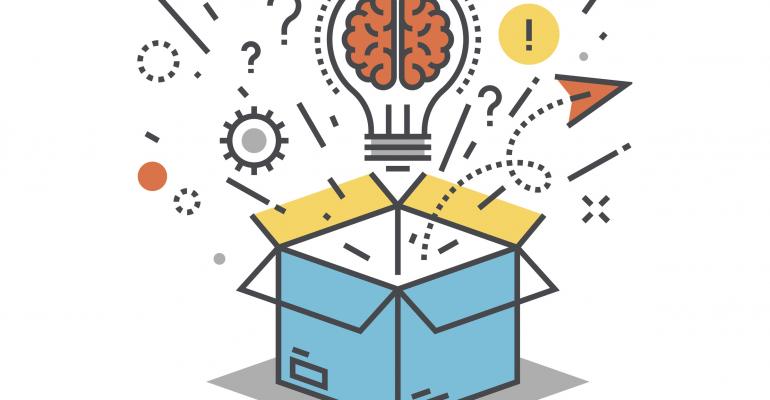“Can you think ‘beyond better sameness?’” Gary Schirmacher, senior vice president, Experient, a Maritz Global Events Company, asked the participants at a recent Cvent session on designing “wow” moments. Schirmacher went on to define “better sameness” as making incremental changes to improve old ideas. Another panel member, Monica Cheeks, CMP, corporate director of events at Hyatt Hotels Corp., urged the session participants to get out of the “better sameness” mindset by considering the whole journey attendees make, from the initial announcement to the post-event survey, and question how to tailor the experience at every step of the way.
If your conferences feel as though they are stuck on “wash, rinse, repeat,” as Karla Aufranc, manager, strategic sourcing, also of Experient put it, it’s time to rethink these eight steps.
Step 1. Announcing
Think about your first point of contact about the event and use it as an opportunity to set expectations. Aufranc gave the example of a postcard an event designer sent out to prospective attendees. The card had an image of hand dropping a mic and the conference dates—nothing else. The message was simple and intriguing, it was designed to pique the curiosity of recipients, rather than bombard them with information before they had decided to attend.
Step 2. Attracting
This is your opportunity to woo the attendees, and to do it right, you need to know the personas of your particular audience. For some, you may want to play up the location or luxurious accommodations. For others, hint at the content they won’t want to miss.
Step 3. Anticipating
As you get closer to the event let attendees know about things features of the event they will enjoy.
Step 4. Arriving
Cover the things you can control, for example, communicating attendee wardrobe expectations. Nothing is more annoying than showing up in a business suit when everyone else is in casual attire, or expecting summer temperatures in London to mirror those in New York. If you can arrange transport from the airport for attendees, they are likely to begin the conference in a better mood than if they have to wait in a taxi line. Remember, the first thing all travelers do when they land is turn on their phones, so if you can arrange a welcome text with useful information, your attendees’ first impression of the event will be positive, even if the flight was delayed and the airline lost their luggage.
Step 5. Entering
If the flight was delayed and the luggage was lost, this is your chance to reset attendees’ emotions. Is there a long line at hotel check in or event registration? Serve drinks, or have a proxy system for travelers to step out of line and attend a five-minute neck massage station. This is your chance to show their efforts to get to the event are appreciated.
Step 6. Engaging
Think about each touch point throughout your conference. Each meal, session, and presentation is an opportunity to go the extra mile. Attendees may not appreciate everything you do, but if they have to return to their rooms to charge a laptop, or carry a gluten-free lunch with them, they won’t be getting the most out of your meeting and they will remember the inconvenience.
Step 7. Exiting
Look for opportunities to say thank you. Until the last attendee is at the airport, you need to be available to answer questions, provide paperwork, and help attendees with receipts, printing, or shipping.
Step 8. Extending
Follow up with your attendees, perhaps by emailing the slides and summary for a session they attended so that they won’t forget action items. Everyone hates surveys but we all need feedback so, if possible, sweeten the deal with a prize drawing for answering questions on the customer experience. Extend the conference task list for yourself, too, by analyzing the feedback and determining what needs to be improved, changed, or eliminated, and acting on the information.
Monica Cheeks urged the planners in the session to remember that for maximum impact on event experience, “design the journey, not the destination.”





